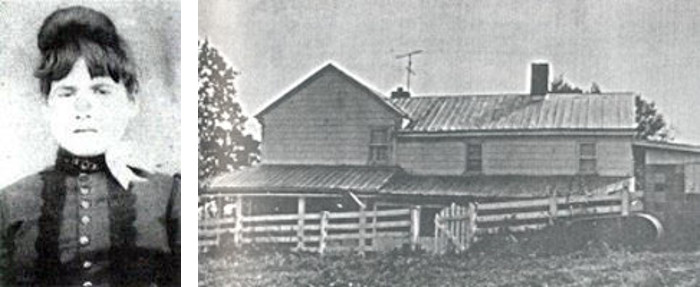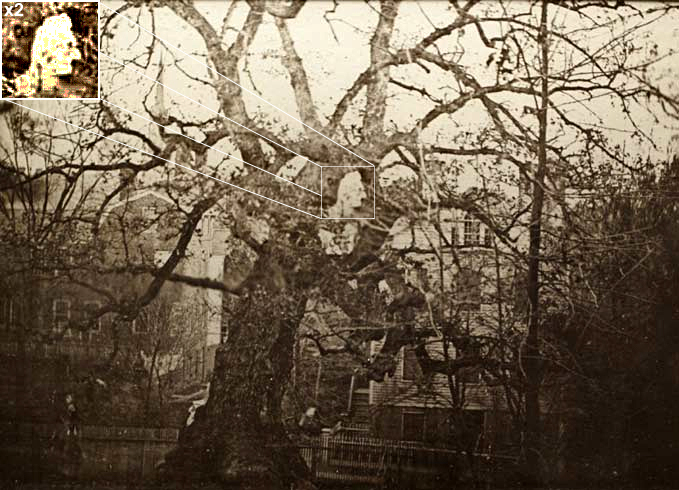
In 1806 British scholar Benjamin Heath Malkin published A Father’s Memoirs of His Child to record the almost alarming gifts of his son Thomas, who had taught himself to read and write by age 2, inquired into mathematics and Latin, and at age 5 invented an imaginary country called Allestone:
Allestone … was so strongly impressed on his own mind, as to enable him to convey an intelligible and lively transcript of its description. Of this delightful territory he considered himself as king. He had formed the project of writing its history, and had executed the plan in detached parts. Neither did his ingenuity stop here; for he drew a map of the country, giving names of his own invention to the principal mountains, rivers, cities, seaports, villages, and trading towns.
“The country is an island,” the father explained, “and therefore the better calculated for the scene of the transactions he has assigned to it. The rivers, for the most part, rise in such situations, and flow in such directions, as they would in reality assume. Their course is marked out with reference to the position of principal towns, and other objects of general convenience.”
Thomas sketched out the country’s political history, principal actors, and monetary system, and had composed a series of representative adventures among its people and a comic opera (“only imaginary music, made by Thomas Williams Malkin, who does not understand real music”), when he died, probably of peritonitis, at age 6 — leaving his subjects without a king.








